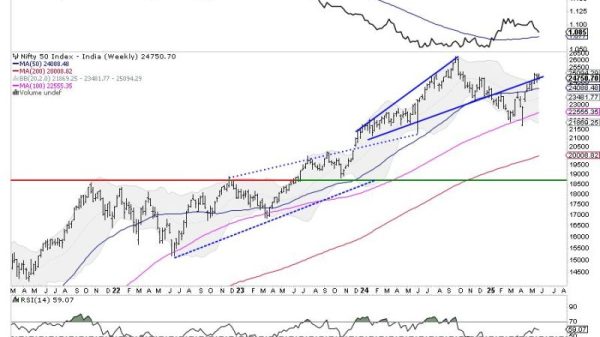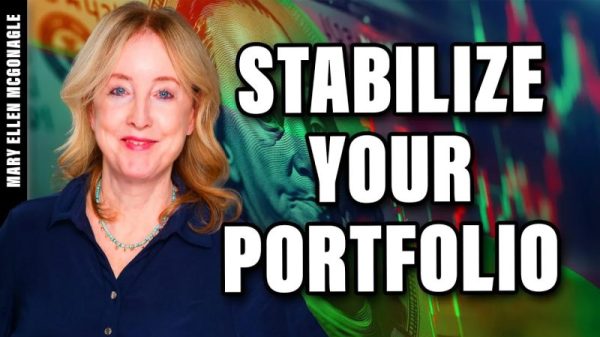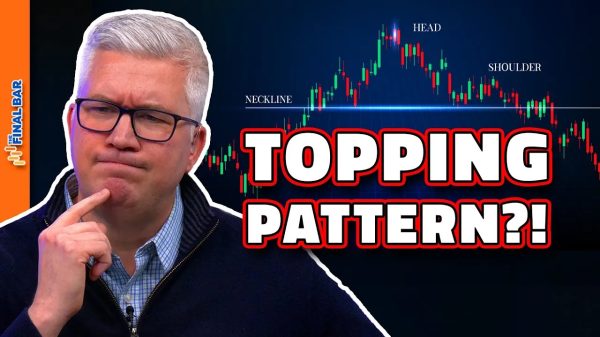Norbert Michel and Jerome Famularo
Today’s populists peddle two narratives to support their agenda. The first one is that the middle class suffered broad income stagnation for the past 50 years. The second one is that policymakers’ blind devotion to free markets—especially through free trade—decimated the US manufacturing sector, “hollowing out” the middle class by causing the alleged income stagnation.
The problem is that both stories are wrong.
The second populist narrative, that policymakers’ blind devotion to free markets decimated US manufacturing, is a broad topic that we won’t delve into here. But it’s covered in this new book, Crushing Capitalism, and we’ll go deeper in this upcoming Cato event.
Still, the relevance of the second narrative relies on the underlying assumption of income stagnation. We’ve previously written about how the evidence contradicts the income stagnation story, and many other scholars have as well. We’ve also provided concrete examples of how populists cherry-pick data to “prove” that income growth stagnated, and devoted a full chapter to debunking the stagnation story in this new book.
Here’s just one more example of how wrong the populists’ income stagnation story is. Real median household income, for all American households, increased 73 percent from 1968 to 2024. That’s not stagnation. Interestingly, that figure is biased downward because of changing household characteristics, such as smaller families, an aging population, and more single folks.
As Figure 1 shows, real median income for married couples with children increased by 132 percent from 1968 to 2024. That’s pretty much the polar opposite of stagnation.
Given all the negative rhetoric, it’s hard to believe that living standards have been increasing broadly for decades. But it’s true, life has become more affordable.
For instance, as we’ve written numerous times, it’s not true that housing has become radically unaffordable, though that’s one of the more persistent myths. It’s difficult to see because the housing that people buy is very different than it was 50 years ago, and a more diverse set of households now pays for housing.
One way to highlight these differences is to look at the median home price as a percentage of income by household type. As Figure 2 shows, when we consider all households, the unaffordability problem looks much worse than when we consider only the income of those married with children. Again, looking at all households will understate income gains, since the population is aging and more people are choosing to live alone, so it is useful to narrow the focus to married couples with children.
As we showed back in December (see Figure 5), adjusting for both home and household size changes shows that housing has actually become slightly more affordable. Not to mention that homes have vastly more amenities nowadays than they used to, such as central air and garages, which are not factored into this adjustment.
For a more in-depth factual deconstruction of these populist narratives, please check out the book and join our live discussion on May 8, with our Cato colleague Adam Michel and the Washington Post’s Megan McArdle.



























